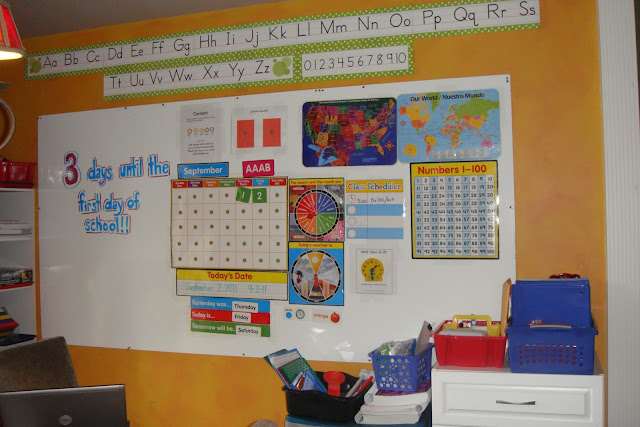 |
| Model of Stonehenge |
This isn't our first year with it. Last year we used Flying Creatures of the Fifth Day. We spent the entire year learning about birds, insects, and bats. I learned just as much as the kids did. I was amazed at how much we learned about God's design in nature by studying birds and insects. The more we learned about creation, the more we learned about the Creator. Science time often became a Bible study! This year we chose Astronomy. I asked the kids what they were most interested in learning and astronomy was their pick. We are currently three chapters in and have already learned a ton. Once again, I'm learning with them all the things I either wasn't taught in public school or that I was taught and didn't retain. The more I learn about our universe the smaller I feel and the mightier God seems.
 | ||||
| Building a pinhole viewing box (we needed a longer box!) |
My favorite components of the curriculum:
Experiments: The Young Explorers curriculum is full of hands-on experiments and activities. So far, we have made a model of Stonehenge, studied the rotation of earth by tracking shadows during the day, created our own solar eclipse, compounded light with a magnifying glass to burn a chocolate bar (their favorite!!), and created a pinhole viewing box to observe the sun and look for sunspots. I also love that the curriculum uses narration activities to allow the kids to explain what they have learned.
 |
| Burning chocolate with compounded light |
Notebooking and Lapbooking: The curriculum encourages notebooking as a way to organize what is learned in each lesson. We also purchased an accompanying lapbook CD-ROM and are using it to follow along with the lessons. This has been very helpful to provide some visual organization to all the information they are taking in. The lessons do cover a lot of material and they are too young to take notes so the lapbooking is a great way to help them record key pieces of information. Plus they can go back and look through their lapbook pages as a way to review.
Websites: Each book includes a password that grants access to extras online. We are given links to pictures of the planets provided by NASA, watch animations of the solar system, and much more. This was also very helpful last year. We were able to watch video of life cycles of butterflies and watch a live webcam of an eagle's nest to see the eggs hatch. These links have helped make much of the concepts more concrete for the kids.
One additional activity that I created has been very, very helpful to the kids. Since they are 7 and 5 years old, I knew much of the material would be over their heads. The books are written with a wide age range in mind so there is information presented on many levels to involve the younger and older students. I realized last year that many of the terms we were learning were quickly forgotten. So this year I made a list of all the boldface words and printed them on sticker labels. In their notebooks, the kids each have a list of the definitions of each of the words. As I read the text aloud, they peel off the sticker of a word when we come to it and stick it by the definition. Since kids love stickers they have really enjoyed this. It keeps them engaged as they listen for the next word that prompts them to pull off another sticker. They really love it. They still forget some of the terms but that is to be expected at their age. I have been able, though, to refer them back to their stickers to review a definition. These sticker sheets added with the lapbooking are allowing us to build astronomy notebooks that serve as a learning tool that they can use for years to come.
I could go on about the Junior notebooks full of additional activities and the copywork that includes beautiful Scripture reveling the amazing universe God created. I have been so thankful to have found this curriculum and ever amazed at how much my 7 and 5 year old comprehend and retain. It has been a blessing in our home and I recommend it to anyone desiring a creation-based science curriculum.
 |
| Creating a solar eclipse |








